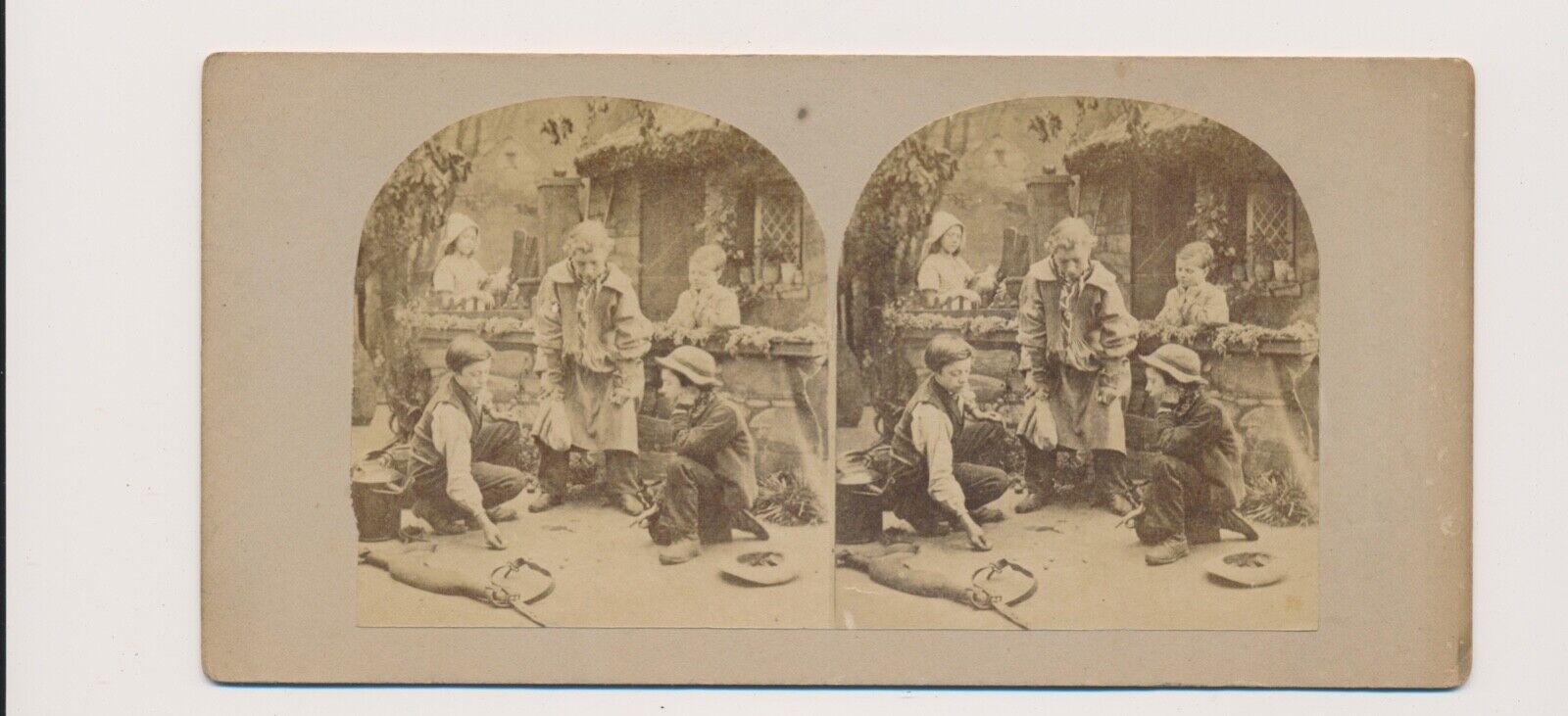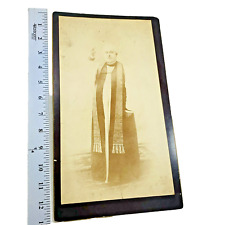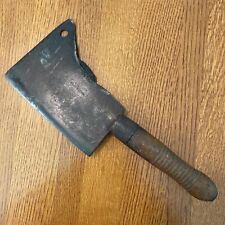1870\'s Tan Mount SV Knuckle Down Children Playing Marbles Hat Full of Winnings For Sale

When you click on links to various merchants on this site and make a purchase, this can result in this site earning a commission. Affiliate programs and affiliations include, but are not limited to, the eBay Partner Network.
1870\'s Tan Mount SV Knuckle Down Children Playing Marbles Hat Full of Winnings:
$125.00
Super great albumen stereo 3-D Stereo View on tan mountshows a group of children playing marblesTitled on back sticker Knuckle DownWhile some are watching the game one kid has his winnings in a hat that lays next to himThis is a classic theme one that I also participated in for many yearsThe following is an internet excerpt that might inform you on the history of marble playing:If you\'re the type of mibster that has knuckled down with a taw and shot for an aggie duck, then you already know quite a bit about mibs. If you\'re among the many people who have no idea what any of that means, stick around as we explore the history of marbles.
Rolling Through HistoryBelieve it or not, but no one really knows where marbles originated. They\'ve been found in the ashes of Pompeii and in the tombs of ancient Egyptians, and they were played with by Native American tribes, so it\'s impossible to pin down a precise country of origin. The earliest examples were simply stones that had been polished smooth by a running river, but for centuries artisans made them by hand from clay, stone, or glass.
Mass production became possible in 1884, when Sam Dyke of Akron, Ohio, created a wooden block with six grooves, each of which held a lump of clay. An operator would roll a wooden paddle over all the clay balls at once, with a back-and-forth and slightly lateral motion, creating six marbles. With around 350 employees, Dyke\'s factory was cranking out five train carloads, or about one million marbles, every day. Mass production made marbles much cheaper to make, allowing the price to drop from about one penny each to a bag of 30 marbles for the same price. Other businessmen jumped on the bandwagon and Akron soon became the marble capital of late-19th century America.
In 1915, mass production of glass marbles began, thanks to a machine invented by Akron\'s M.F. Christensen. His machine consisted of a screw conveyor made up of two grooved cylinders spun next to each other. A \"slug\" of molten glass was placed between the cylinders on one end and it was gradually carried down to the opposite side, simultaneously cooled and shaped into a sphere by the rolling grooves. The design worked so well, it has remained essentially unchanged and is still the most common way to make marbles today.
Marbles were really popular throughout the early part of the 20th century, but World War II rationing, plus the utter chaos of the European Theatre, put a damper on the sport. It enjoyed a brief resurgence in the 1970s, and continues to be played today, but it has never been able to reclaim its title as a childhood institution.
Talk Like a MibsterTo the layman, a marble is just a marble. But if you\'re an experienced player, you probably have a half-dozen slang terms to describe the sphere in front of you. Marbles usually earn their nickname based upon what they look like, what they\'re used for, or the material used to make them. For example,\"aggies\"are marbles that are made from agate, a type of stone. An\"alley\"can be a marble made of alabaster, but it can also be another term for a\"shooter\" or \"taw,\"the large marble used to knock around the smaller ones, which are sometimes called\"mibs\" or \"ducks.\" \"Bumblebees\"are yellow and black striped.\"Jaspers\"are common, blue marbles made from glazed or unglazed china.\"Onionskins\"are glass marbles with swirls of layered colors that extend over the length of the marble. \"Sulphides\" are semi-opaque glass marbles that usually contain a small figured in the middle. Sometimes the figurine is an animal, a character (like Santa Claus), or even a real person (like Teddy Roosevelt, at left). And if you can spot any of these marbles on sight, you\'re probably a\"mibster,\"a term for someone who plays marbles.
In-game slang includes many phrases that have made it into the everyday lexicon. For example, to\"knuckle down\"means to put your hand in a position to shoot your marble, keeping at least one knuckle on the ground at all times.\"Fudging\"means you crossed the line on your shot, which is a minor form of cheating. If you\'re about to take an easy shot with your taw, you can say the marble you\'re aiming for is a\"dead duck.\"Playing\"for keeps\"means that any competitor\'s marbles you knock out are added to your personal collection. Oddly enough, the origin of the phrase, \"losing your marbles\" can\'t definitively be traced back to the game of marbles. However, if you were to lose all your marbles in a \"for keeps\" game, you probably would go a little bit crazy.
Glory in the RingYou might think you know how to play marbles, but I\'m afraid you don\'t. That\'s because there is no single game called \"marbles.\" By the same token, any game that uses marbles can be called \"marbles.\" There are hundreds of games that can be played with marbles, however, the most common game used for modern tournament play is known as \"Ringers.\"
To play Ringers, two mibsters arrange 13 ducks in an X at the center of a 10\' diameter ring. The mibsters take turns knuckling down with their shooters and firing into the ducks, scattering them. Any ducks that leave the ring are worth one point each. If his shooter stays in the ring, the mibster can keep shooting ducks, earning more points. However, once his shooter leaves the ring, it\'s the next mibster\'s turn. Once all 13 marbles have been knocked out, the ducks are re-racked into an X again for the next round. Play continues until one mibster has 50 points.
Ringers is played at the National Marbles Tournament(at left), held over four days in June since 1922 in Wildwood, New Jersey, with winners in both the boys and girls divisions since 1948. The players are all between the ages of seven and 15, and compete for scholarships, prizes, and, of course, glory in the ring. This year, about 50 of the best mibsters in the country played, but your reigning king and queen of marbles are Brandon Matchett and Baily Narr, both from Allegheny County, Pennsylvania. Pennsylvania is quite the marbles powerhouse – since the tournament began, 71 champions have hailed from the Keystone State.
Ringers is also the preferred game for the British and World Championship, played at The Greyhound Inn and Pub in Tinsley Green in West Sussex every Good Friday since 1932. The area has a competitive marble legacy dating back to 1588, though, when, legend has it, two young men played for the hand of a beautiful woman. The tournament is truly international, and teams from Germany, America, Japan, and the Czech Republic have all participated. This is a team competition, where 49 ducks are placed in the center of the ring; mibsters shoot into the group with a \"tolley\" (their term for a shooter) and fight to be the first team to score 25 points.
Of course Ringers isn\'t the only game played in organized competitions. In 2011, Standing Stone National Park in Crossville County, Tennessee, was the site of the 29thAnnual Rolley Hole Championship. Rolley Hole is similar to croquet and is especially popular in Kentucky, Tennessee, and Georgia. In Europe, the World Marbles Championship has been held annually in Prague since 2005, where they play a game that closely resembles golf.
If you would like more history just look up the history of marbles on the internet
PIXIDIOM ARCHIVE SELECT (Description above)
PIXIDIOM VINTAGE PHOTOGRAPHS \"e-TIME = ANY-TIME\"

Related Items:
1870's Tan Mount SV Knuckle Down Children Playing Marbles Hat Full of Winnings
$125.00
1870s CDV Photo George Franklin Seymour 1st Episcopal Bishop of Springfield 13x7
$69.95
Rare 1870s Antique Edwin Hunt & Sons Cleaver Cast Steel Chicago Illinois 13”
$199.00



